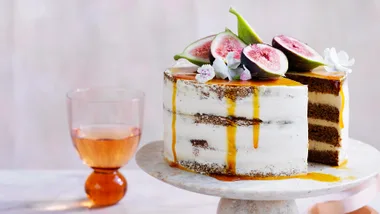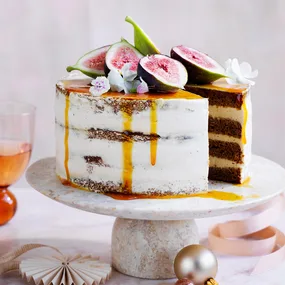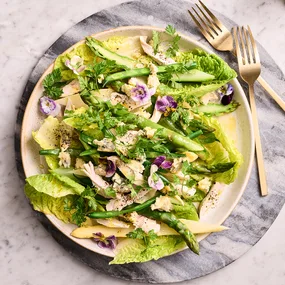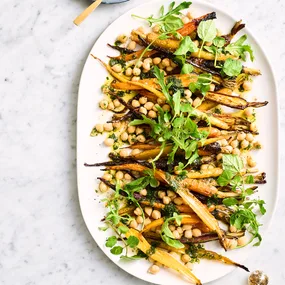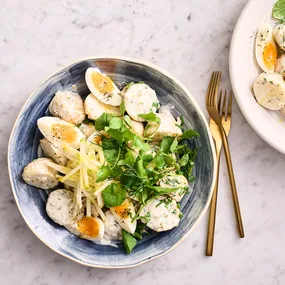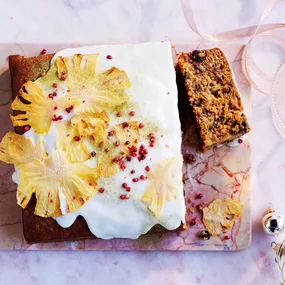It takes about 20 minutes to separate flesh from bone but the result is a beautifully presented chicken that can be roasted, grilled or barbecued.
There are some basic cooking techniques that, once mastered, you can use on an almost daily basis. Others you’ll employ less frequently, though no less effectively. Boning a chicken falls into the latter category. It’s perhaps not something you’d attempt during the week after a long day at work, but a slow and rainy Sunday afternoon, when you’re craving a roast chicken, might just be the time to practise some knife skills.
As with all butchery, you’ll need a sharp boning knife, a heavy cook’s knife and a good sharpening steel to keep your blades honed during the process. Poultry scissors, available from Asian supermarkets or select kitchenware stores, could also come in handy. Once you have your tools, it’s simply a case of patience, feeling your way and taking things slowly.
There are a couple of hints to bear in mind as you go. First of all, use the tip of your knife to feel out the bones, then follow them, using short sharp strokes to free the flesh from the bone. Use your other hand to hold the separated flesh out of the way so you can see your way clear to the next step. Next, aim to remove the bones with as little flesh on them as possible. This, of course, will become easier to achieve the more you practise. When cutting through joints, dislocate the bone from the socket and cut through the gap between ball and socket. This applies to all joints, be it wing or thigh. Finally, take care when using a sharp knife and for the best end result, use a free-range and/or organic bird.
So why bone a chicken (or any other bird) in the first place? Well, once the bones are removed, the bird can be dressed simply and roasted flat in a much-reduced cooking time. It also means the flesh cooks more evenly, lessening the potential for perfectly cooked breast and still-pink legs, or perfectly cooked legs and dried-out breast.
There’s also the opportunity to impart flavour through the use of stuffing, limited only by the ingredients to hand and your imagination. A tarragon and garlic-scented farce is easy and effective, or scatter the chicken with a mixture of sautéed chicken livers, pancetta and onion. Or channel Spanish influences, as we’ve done, and stuff it with smoky chorizo, coarse breadcrumbs and oregano. The flavour of the chorizo permeates the flesh, making for a more-ish feast.
Once stuffed, rolled, tied and roasted, the lack of bones makes for easy-as-pie carving and restaurant-perfect presentation. You’ll also discover that a boned and stuffed chicken will feed more people than the average roast chook.
The bones don’t need to go to waste, either. Make them into a stock and freeze ready for the next time you want to make a soup or risotto.
Once mastered, you can apply this same technique to any bird, such as spatchcock, duck and guinea fowl. I’d hesitate to recommend using this technique on quails, however, as it is way too fiddly and boned quails are readily available. So cooks, time to sharpen your knives.

